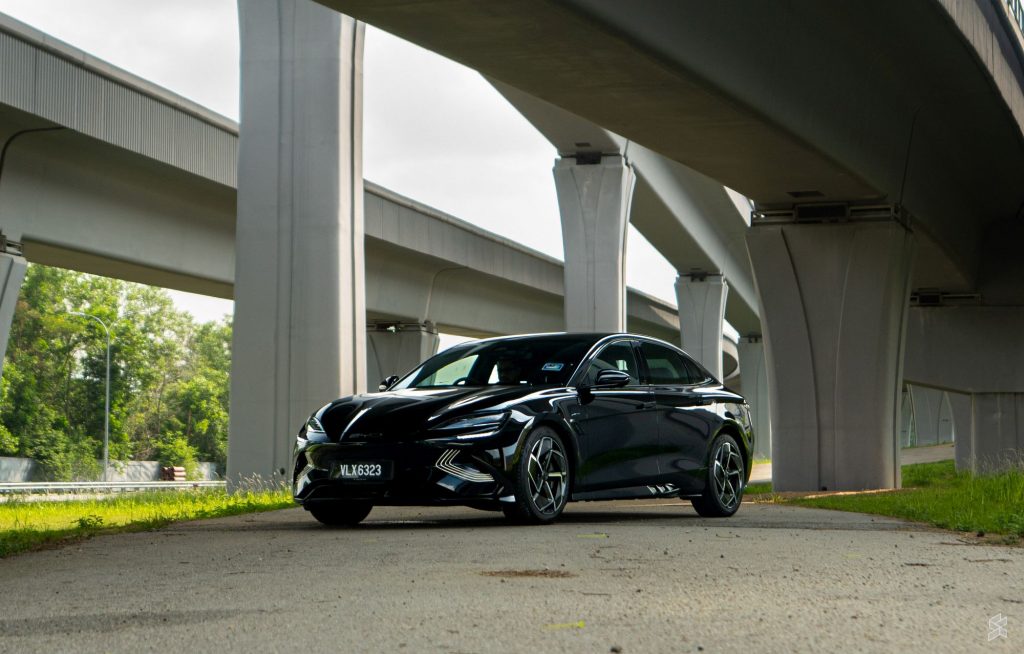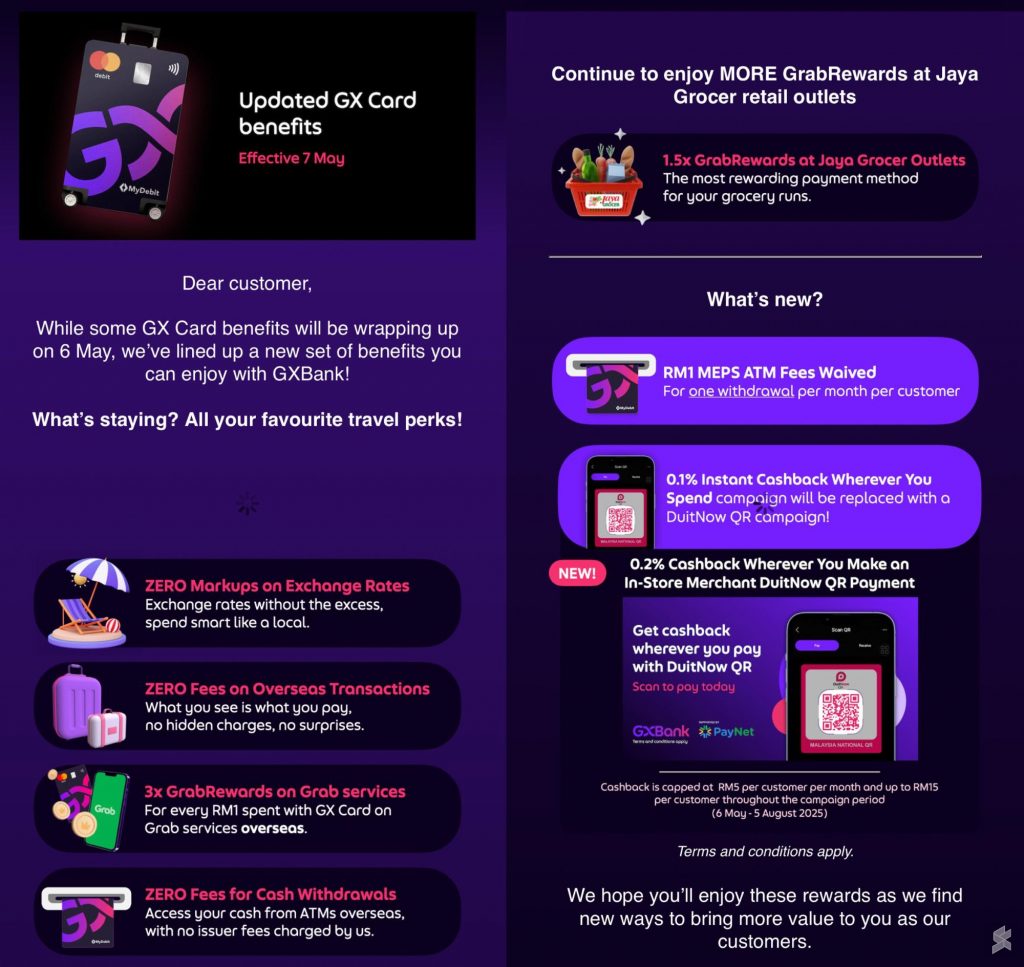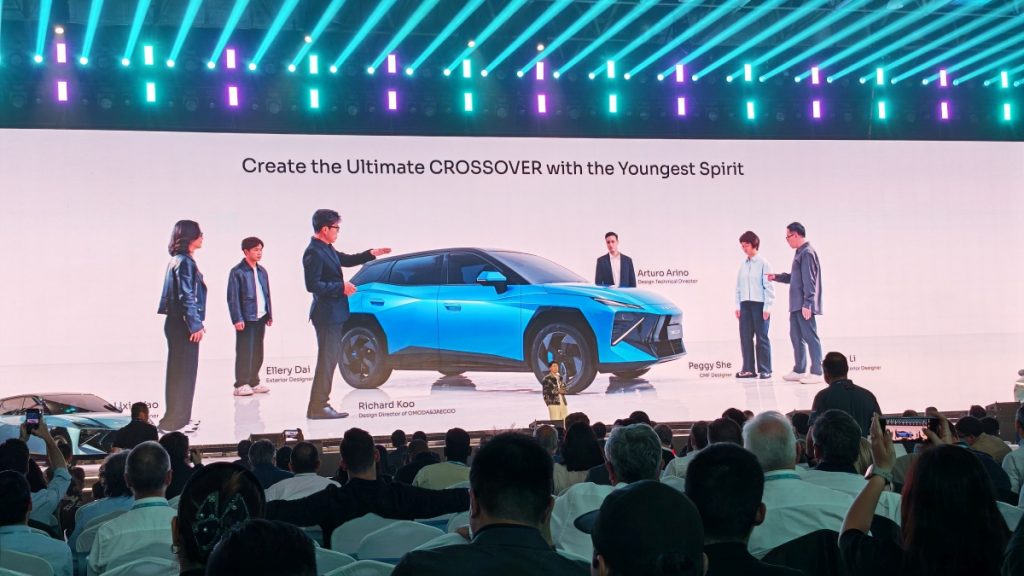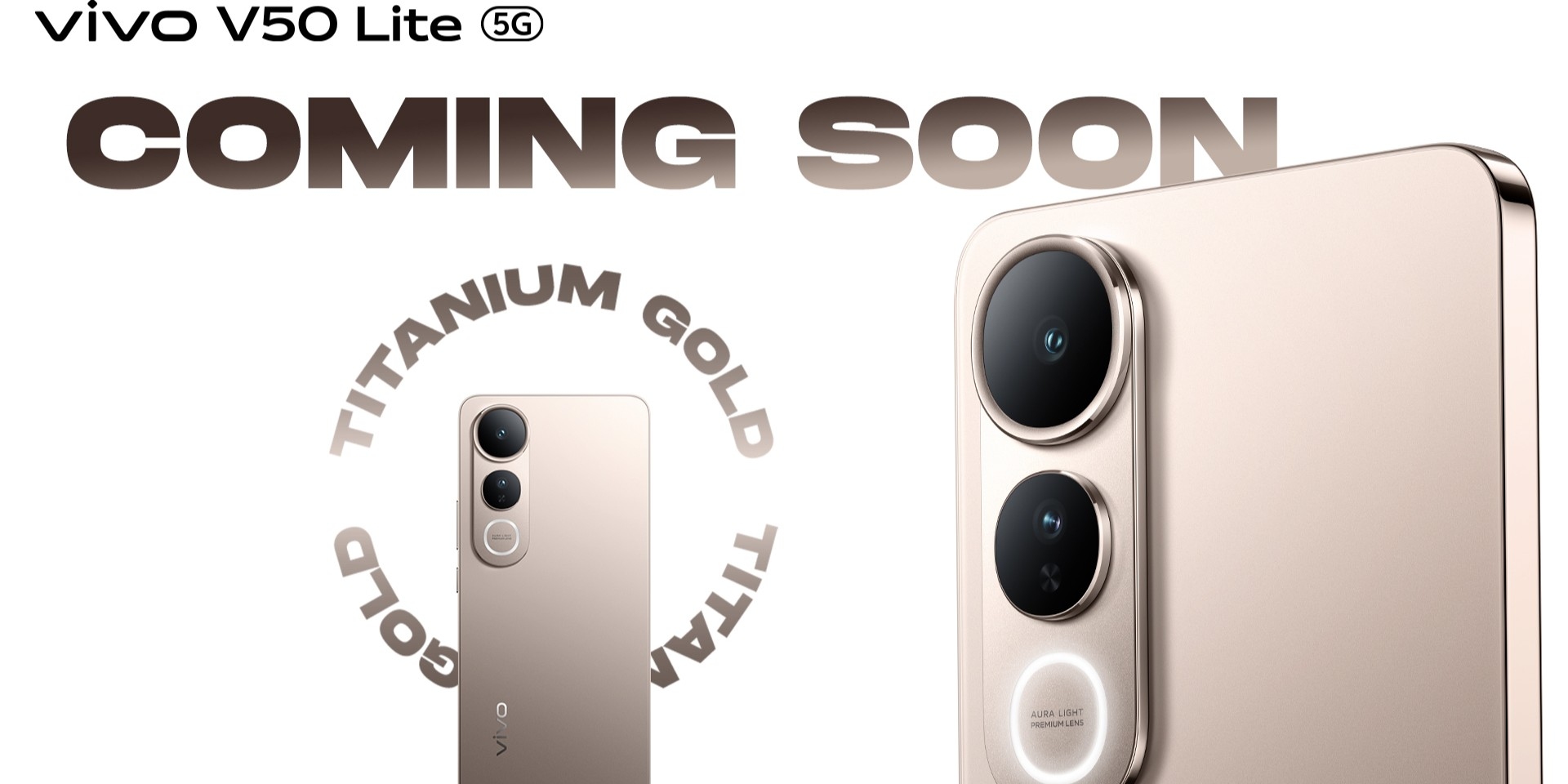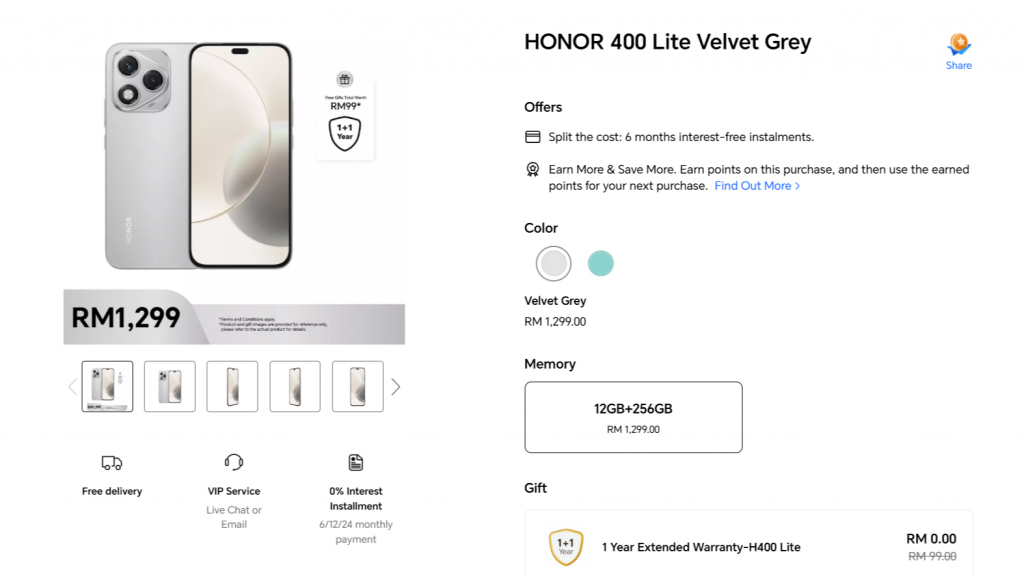The BYD Seal is a competitively priced EV that offers loads of range and performance with a starting price of RM179,800. According to BYD Malaysia’s brochure, the BYD Seal can charge from 30-80% in approximately 18 minutes. Is the claim true? We put it to the test with two DC fast charging test.
To recap, the BYD Seal uses an 82.56kWh LFP (Lithium Iron Phosphate) battery which is one of the largest capacities for an EV. For AC charging, the BYD Seal for the Malaysian market only gets a single-phase onboard charger which can only support up to 7kW. This means the BYD Seal would take over 12 hours to charge from 5-100% on AC charging.
If you need to top up the EV’s battery in a short time, the Seal supports DC charging up to 150kW. To find out just how fast the Seal can charge in the real world, we tested two ultra-fast DC chargers in the Klang Valley capable of pushing more than 150kW.
In case you’re wondering why we are charging only up to 80%, it is due to the charging curve. To protect the EV’s battery, the battery management system will throttle down the fast charging rate as the state of charge (SoC) or battery % increases. This is similar to smartphones where fast charging normally occurs from 0-50% and takes much longer to charge to full.
As a result, it isn’t worth the time and money to charge from 80-100% as the time taken to charge the final 20% could be longer than charging from 30-80%.
BYD Seal charging at Berjaya Times Square 320kW DC Charger
At ChargEV’s 320kW Kempower DC charger at Berjaya Times Square, we charged the BYD Seal from 34% to 80%. This charger provided a consistent 150kW-153kW rate from 34% until 55%, which took less than 8 minutes. After that, the charging rate dips to 120kW until 60%, and then down to 70kW until 70%.
Interestingly, the Kempower chargers detected the BYD Seal as an 800V, and it was charging at 609V and 248A.
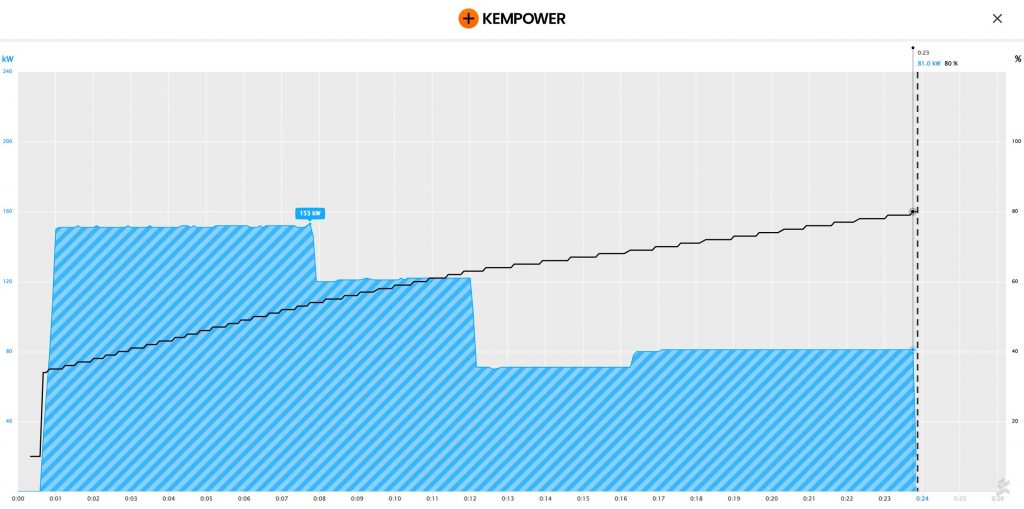
Eventually, the charging rate spikes back up to 81kW after 70% until we stopped charging at 80%. In total, the entire charging session from 34-80% took 24 minutes, which is 6 minutes longer than BYD’s claimed 30-80% time for DC charging.
These ChargEV 320kW DC chargers are priced at RM1.60 per kWh, and this charging session costs RM66.51 for 41.57kWh charged.
BYD Seal charging at XPark Sunway Serene 350kW DC Charger
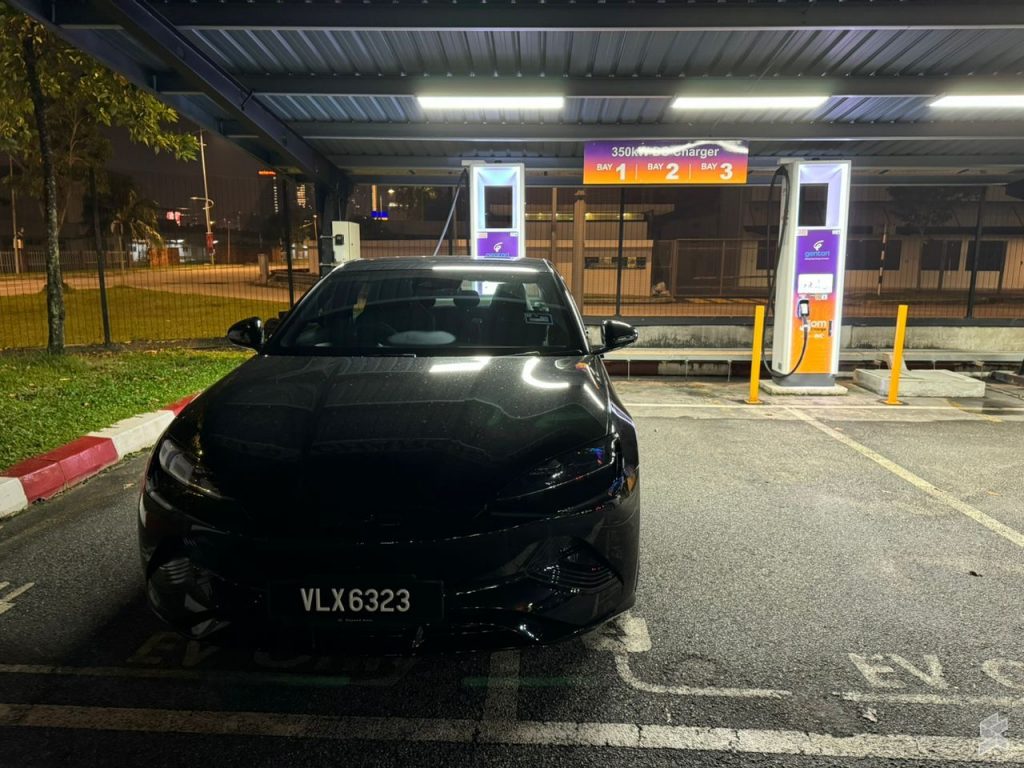
In another session, we tried charging the BYD Seal Premium at Gentari’s 350kW ABB DC Charger at XPark Sunway Serene. For this test, we started at a lower state of charge at 4% and charged it up to 80%. At the time of testing, the 350kW DC chargers were downrated to push only 175kW per nozzle, but it is still higher than the BYD Seal’s max charging rate of 150kW.
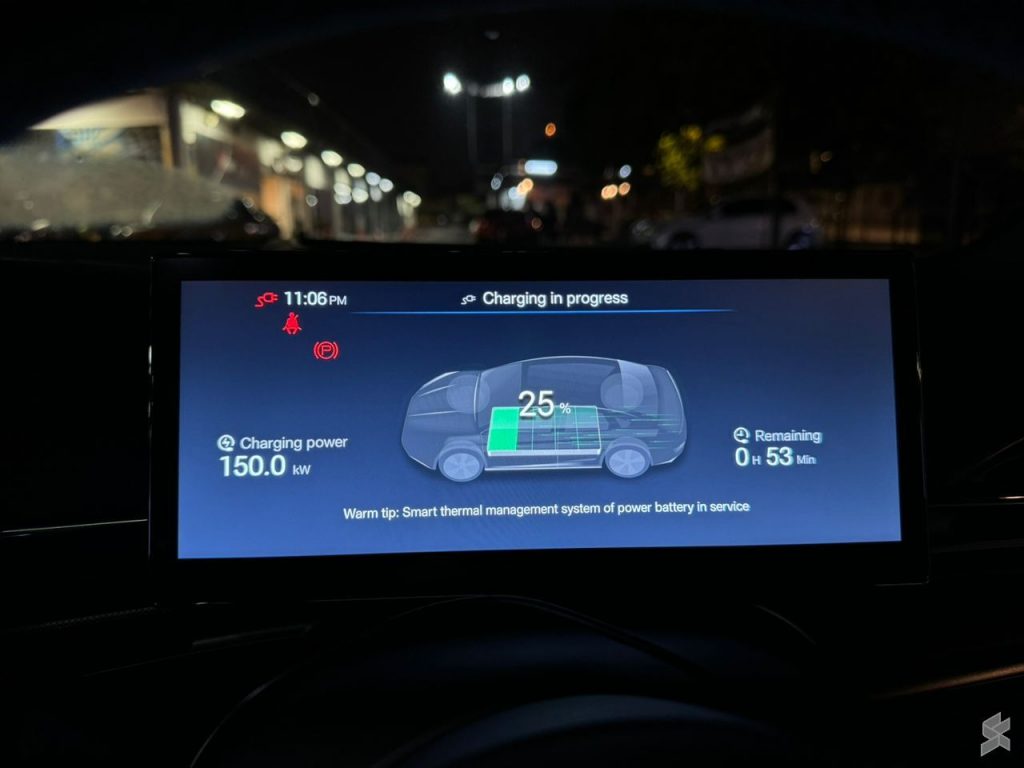
On this charger, the BYD Seal immediately got its maximum 150kW DC charging rate from the get-go but it started to dip to 70kW after 30%. 4-34% took approximately 10 minutes. Suddenly at 40%, it jumped back to 82kW and eventually spiked to 150kW again at 41% for a short while before dipping to 112kW.
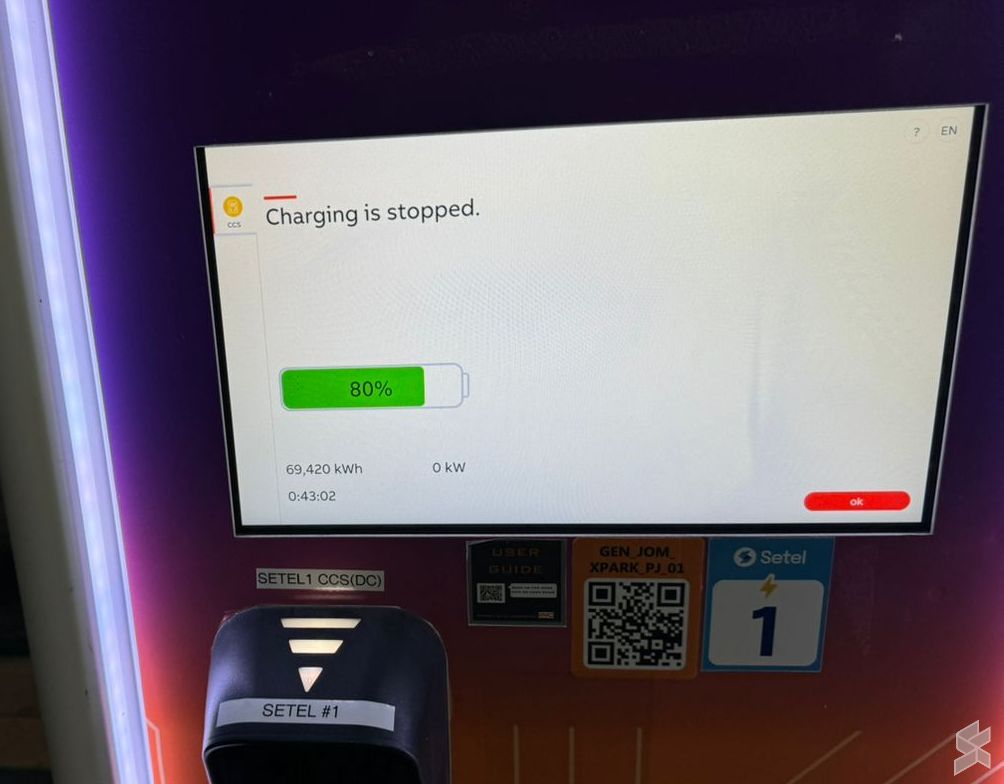
The charging rate from this charger was fluctuating between 110kW to 70kW until we stopped charging at 80%. Overall, it took 32 minutes to charge from 4-64%, and 43 minutes to charge from 4-80%. That’s significantly longer as we started charging from a lower state of charge and it wasn’t consistently maintaining its peak 150kW rate like ChargEV’s Kempower units.
Overall, this charging session with Gentari costs RM118.01 for 69.42kWh, at a rate of RM1.70 per kWh. But with Gentari’s annual membership, we only paid RM59.00 with its 50% discount benefit.
Do you need DC fast charging all the time?
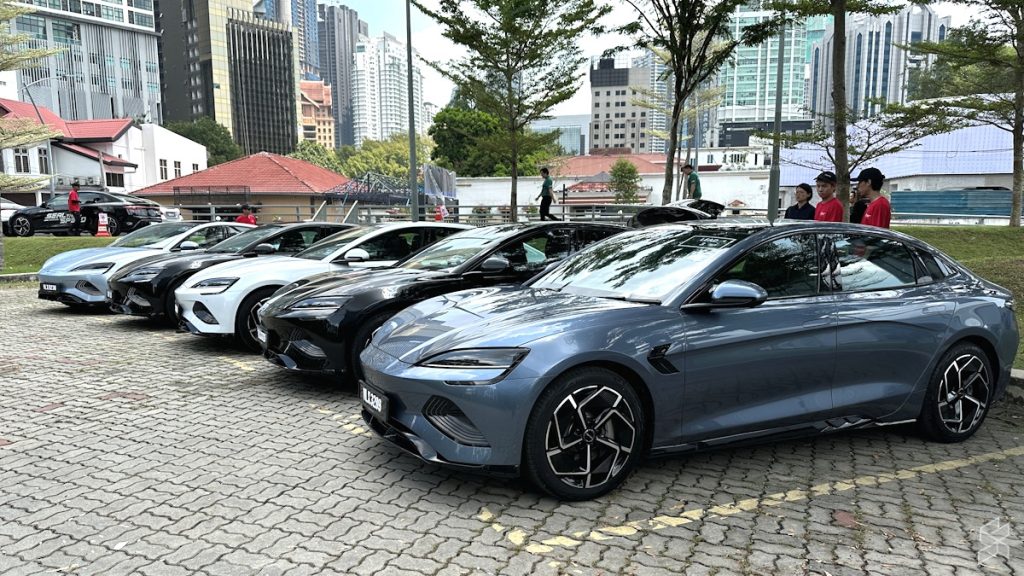
Most EV charging is done at home which is more cost-effective than DC charging. With an AC wallbox charger at home, you can just plug in the EV to charge overnight and you will have more than sufficient charge the next morning. DC charging is ideal for quick top-ups while taking a break during interstate highway trips or if there’s a need to get more range in a short of period.
In a long-distance road trip that takes 4-5 hours, most drivers will make a quick stop to stretch out, go for a toilet or coffee break. In this short 15 to 30-minute break, you can take the opportunity to charge your EV and you’ll have more than enough range to reach your destination.
If you’re planning to go on a road trip with an EV, you can check out our long-distance guide.

